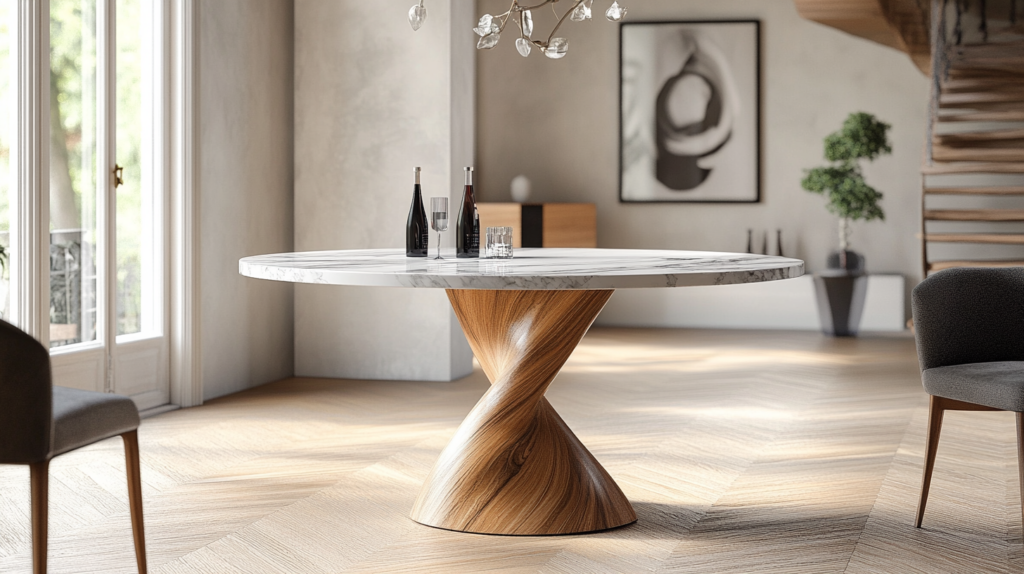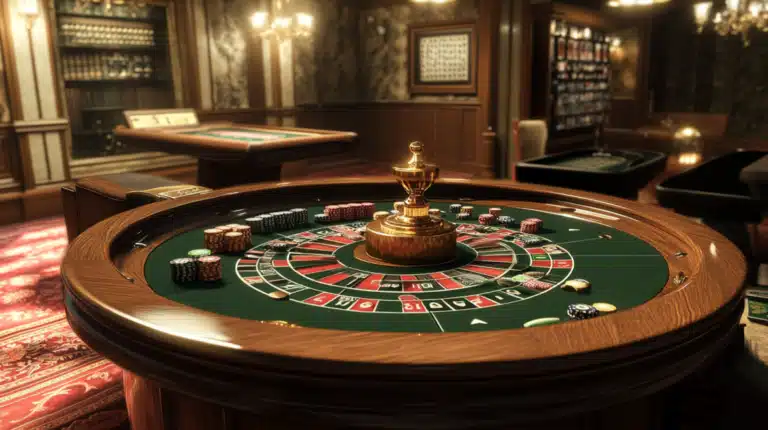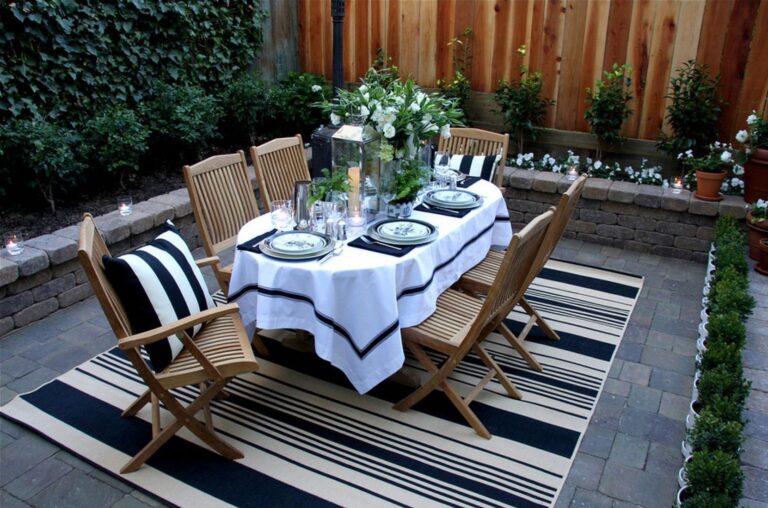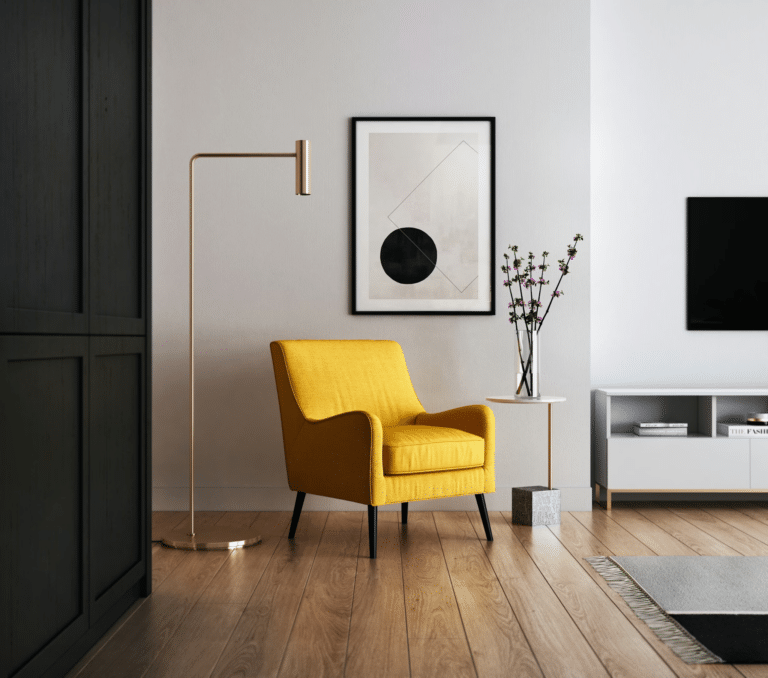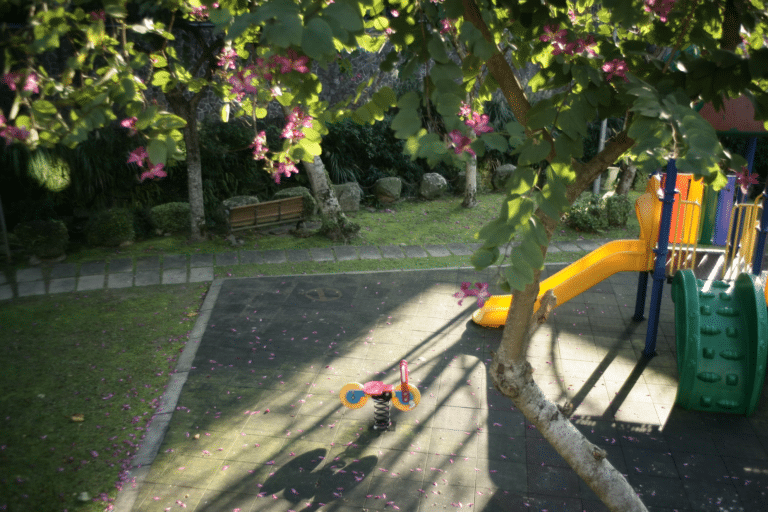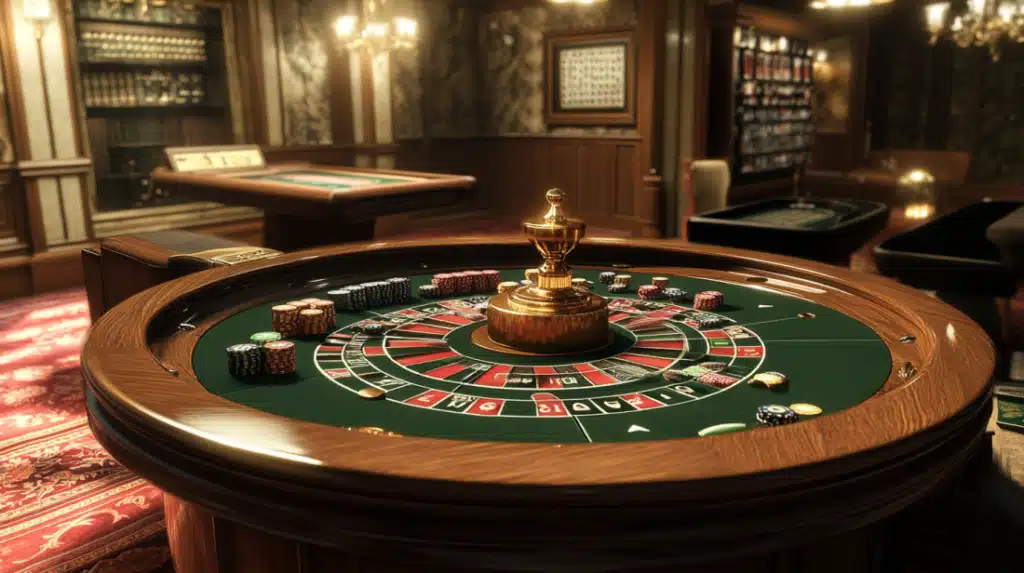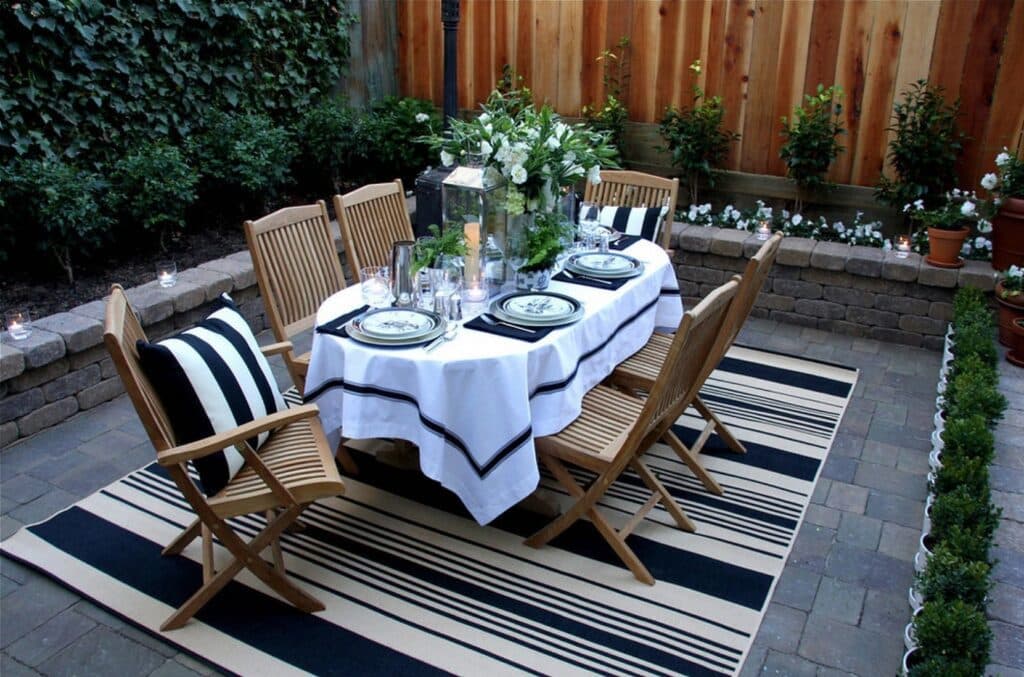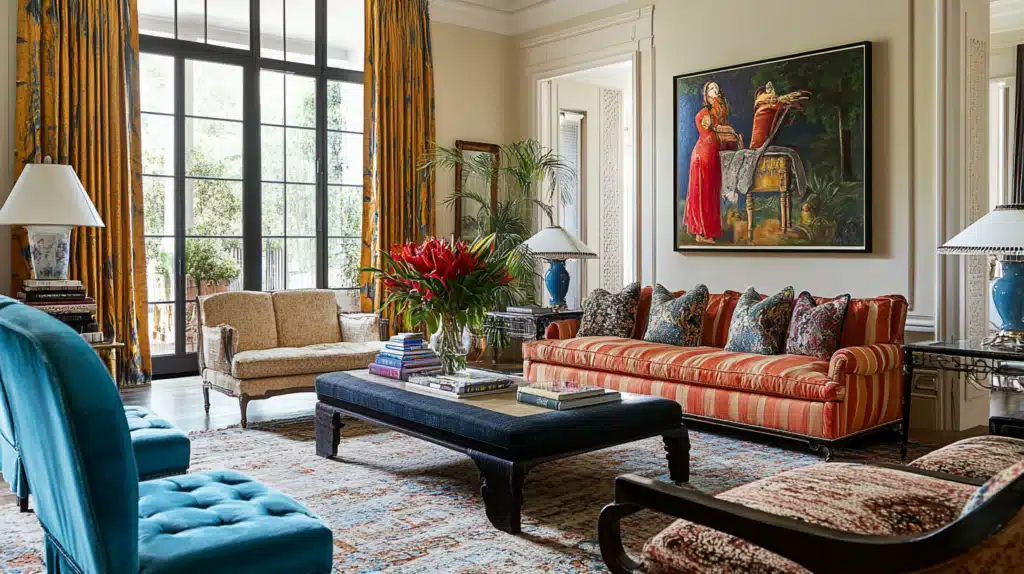A table isn’t just furniture; it’s the heart of your home. It’s where you share meals, play games, and create memories. But have you ever thought about what makes a table sturdy and stylish? The secret lies in pairing the right tabletop with the perfect base.
Choosing the wrong base can lead to a wobbly table, a mismatched look, or even early wear and tear. On the other hand, the right combination gives you a piece that’s both functional and beautiful, blending effortlessly into your space.
Whether you’re furnishing your dining room or upgrading your home office desk table, understanding how table bases including desk legs and materials work together is key. So, in this article, we’ll explore five simple tips to help you create tables that stand out and last for years to come.
Consider the Weight of the Tabletop
Not all tabletops weigh the same, and their weight plays a crucial role in determining the type of base you’ll need. Heavy materials like marble, granite, or thick wood require sturdy bases made from strong materials such as metal.
For example, a solid oak tabletop pairs well with a heavy-duty metal pedestal. These options provide stability and prevent tipping. On the other hand, lightweight materials like glass or laminate can work with sleeker bases, such as tubular steel or minimalist designs, without compromising balance.
When in doubt, always prioritize stability. A mismatched base can strain the connection points, leading to wobbling or even structural damage over time.
Match Styles for a Cohesive Look
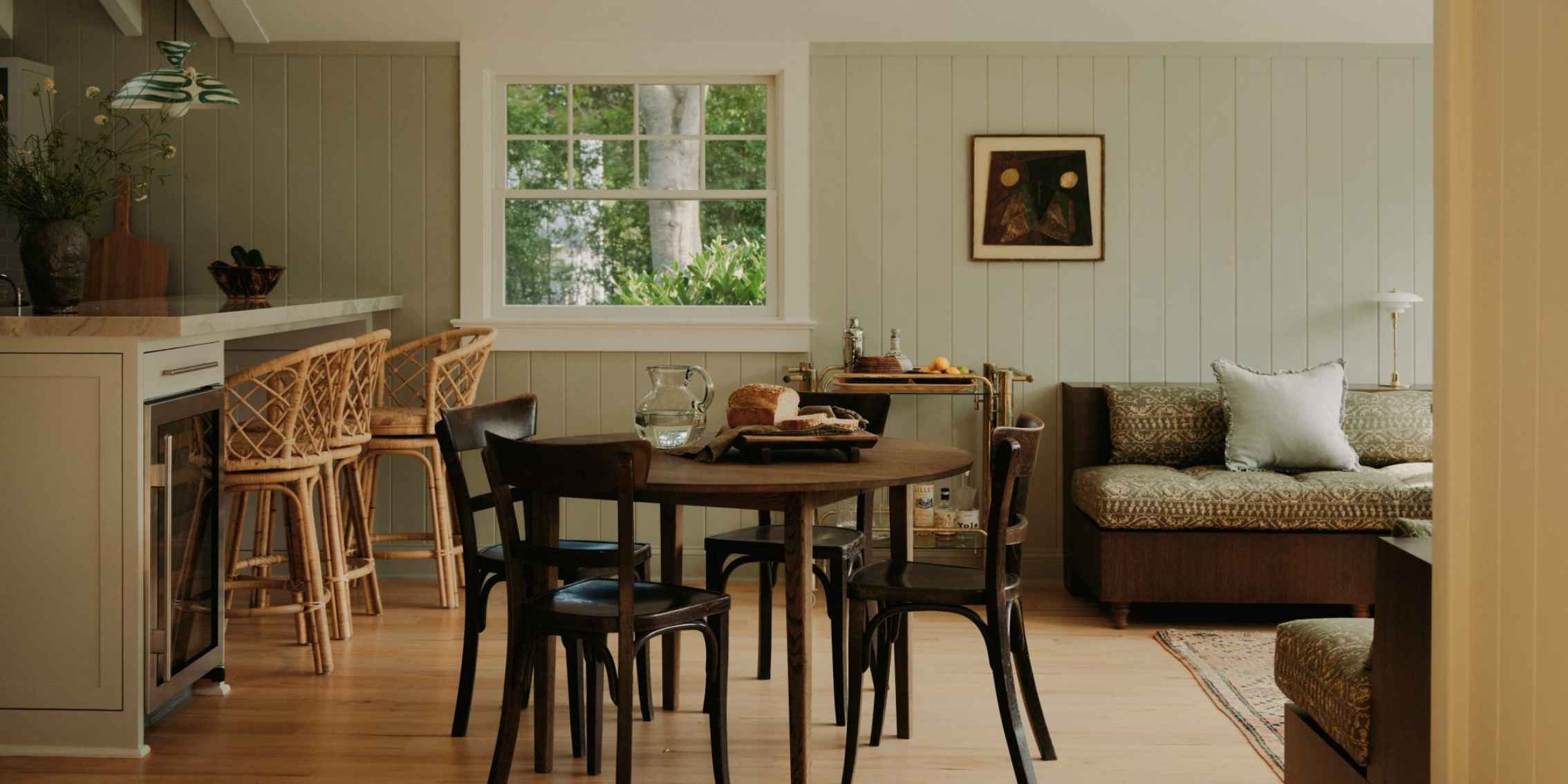
Your table’s base and top should complement each other, not clash. When choosing the style, think about the overall aesthetic of your space. Is it modern, rustic, or traditional?
For a modern vibe, opt for sleek metal desk legs that can hold around 1000 pounds. Pair them with a glass or high-gloss tabletop for a minimalist, contemporary look.
If you’re aiming for a rustic charm, a distressed wood top on a matte black or industrial-style metal base creates a balanced, cozy feel. The contrast between the warm wood and cool metal adds character to your space.
For traditional settings, go for an ornate metal pedestal legs with intricate designs paired with a marble or solid wood top. This pairing exudes elegance and timeless appeal.
Think About Table Shape and Support
The shape of your tabletop affects how much support the base needs. For rectangular or square tables, bases like trestles or cross-leg designs offer even distribution of weight and prevent sagging.
Round or oval tables benefit from central pedestal bases, which provide support without obstructing legroom. However, when pairing these shapes, make sure the base is large enough to stabilize the table but not so wide that it feels bulky or disproportionate.
If you’re working with an irregularly shaped tabletop, like a live-edge wood slab, consider custom bases designed to follow the table’s contours. This ensures the table remains stable while highlighting its unique character.
Keep Durability in Mind for High-Traffic Areas
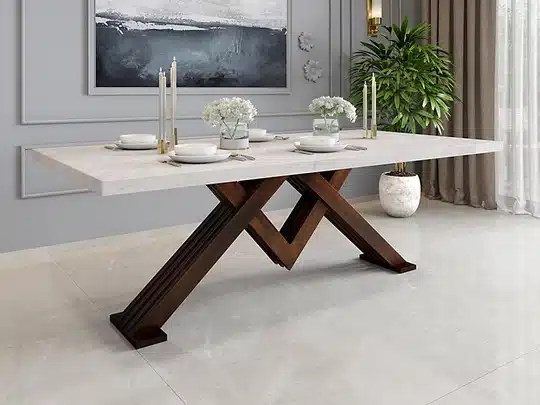
If your table will see heavy use, such as in a dining room or workspace, durability is non-negotiable. Hard-wearing materials like solid wood, metal, or reinforced resin bases work best in these scenarios.
For outdoor spaces, pair weather-resistant tabletops like stone or treated wood with powder-coated metal legs. These materials resist rust, fading, and warping, ensuring your table lasts through all seasons.
Don’t forget about easy maintenance. For example, a glass tabletop on a metal base is great for spills and scratches but might not hold up well to constant movement. In short, always consider how your table will be used when choosing materials.
Pay Attention to Proportions
Last but not least, proportions are key to creating a balanced and visually pleasing table. A large, heavy top on a delicate base can look awkward and unstable. Conversely, an oversized base under a small top may dominate the space unnecessarily.
As a general rule, the base should take up about 50-70% of the tabletop’s width, depending on the design. Use multiple bases, like two pedestals, for added support and symmetry for longer tables.
When choosing proportions, think about the height as well. Standard dining tables are typically 28-30 inches tall, so ensure the combination of the legs and top aligns with this measurement for comfortable seating.
To Sum It All Up
Matching table legs with different tabletop materials is an art, but it doesn’t have to be complicated. By considering factors like weight, style, shape, durability, and proportions, you can create a functional and beautiful table. So, take the time to pair your tabletop and base thoughtfully, and you’ll have a centerpiece that enhances your home for years to come.

